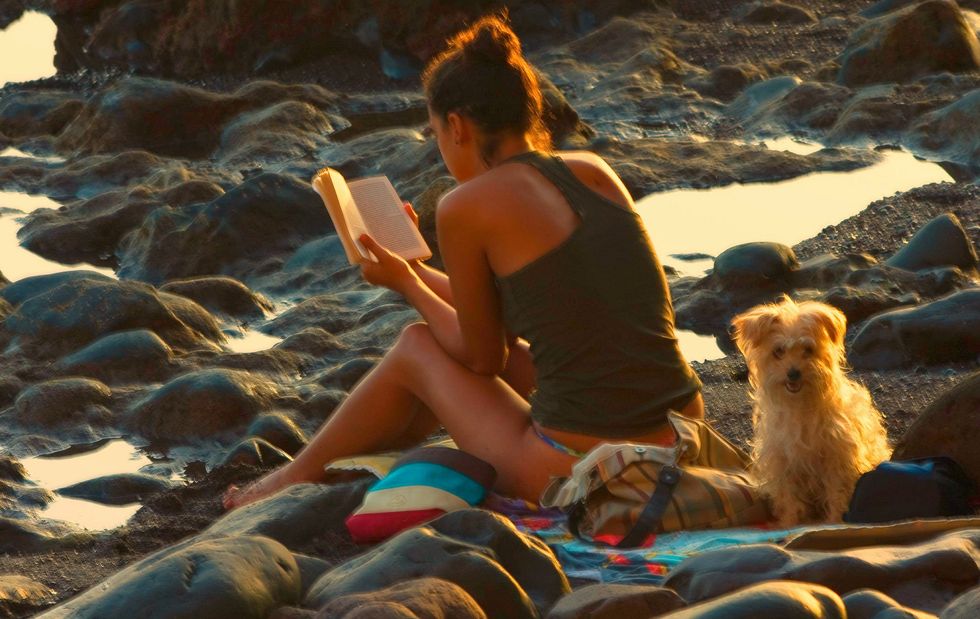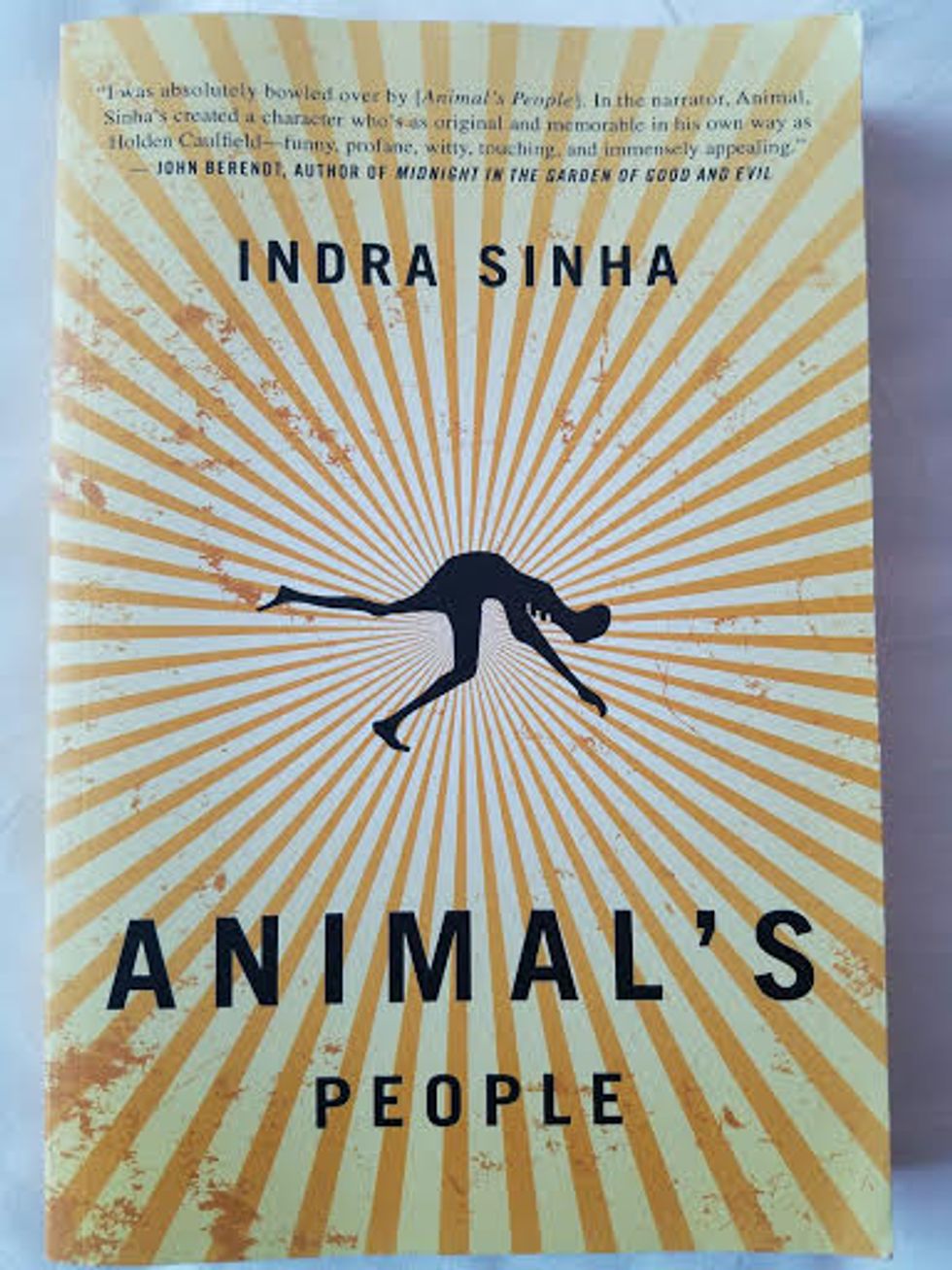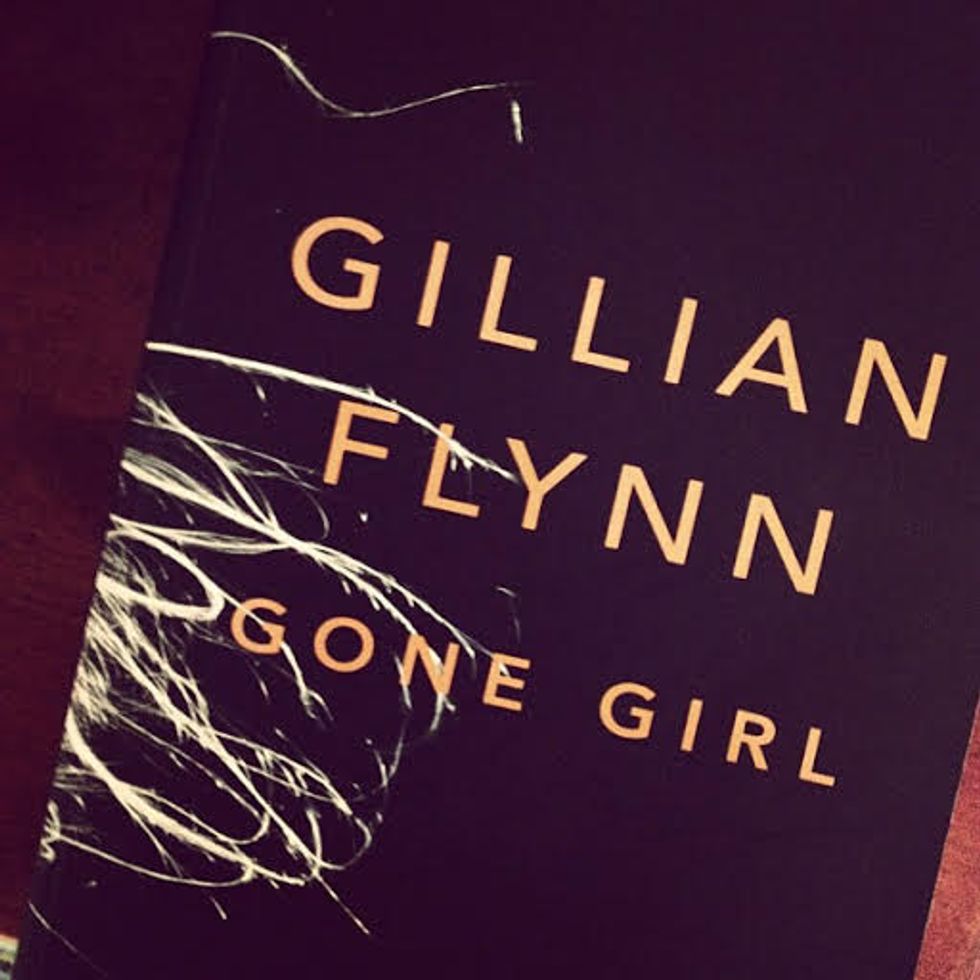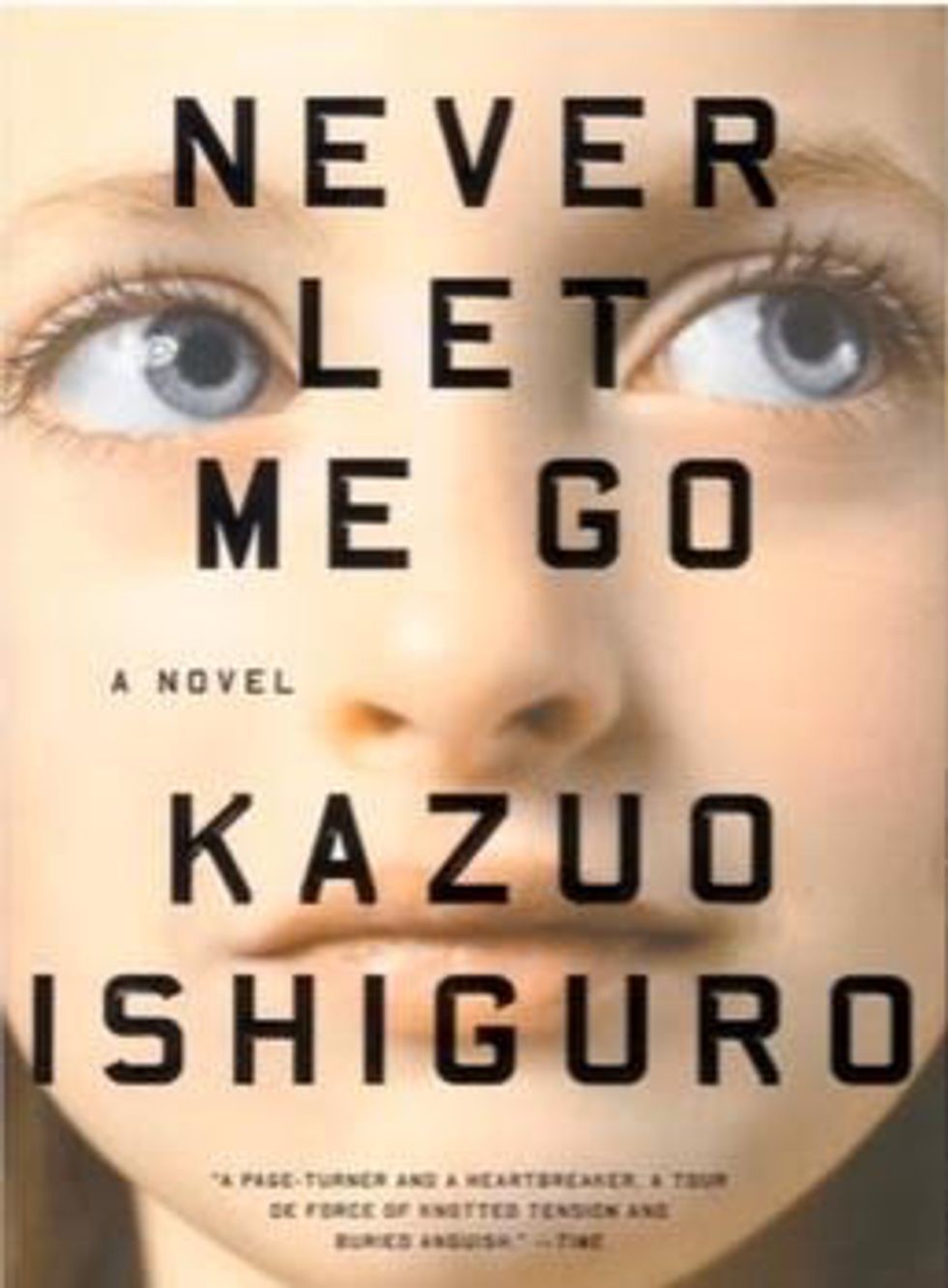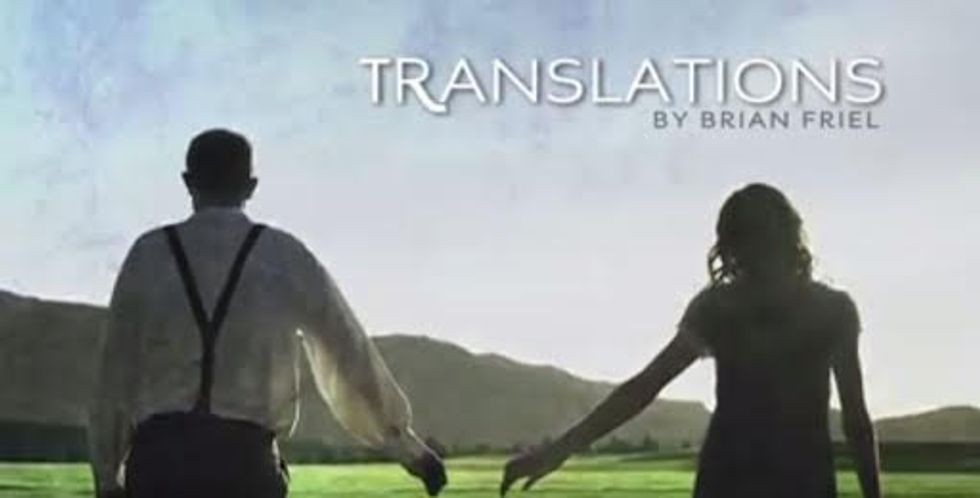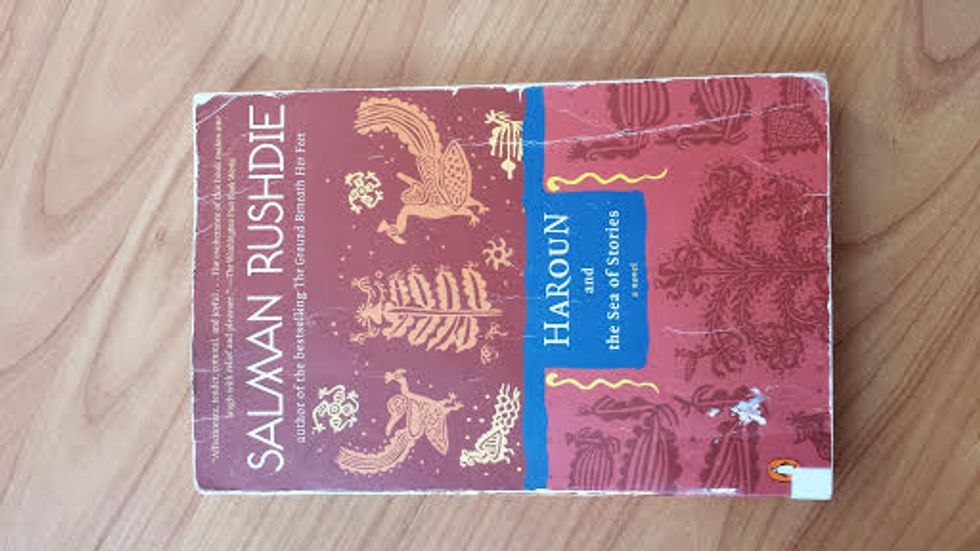Looking for a beach read? The five books I discuss below are some of the best I’ve read in college (so far) and are all worthy of stealing your attention away from the foaming, salty waves and the hot, grainy sand for a couple hours. On your next trip down to the shore, consider taking one of these novels along!
1. 'Animal’s People' by Indra Sinha
This novel, winner of the 2008 Commonwealth Writer’s Prize, tells the story of the people of a small village in India and their struggle to survive in the aftermath of an industrial chemical disaster--a gas leak in a local factory. The main character, bodily deformed from the poison of dangerous chemicals, walks on all fours and goes by the name “Animal.” The book microscopically explores Animal’s intellectual and sexual development and macroscopically shows the villagers’ fight for legal retribution against the corporate entity whose negligence and apathy have taken countless innocent lives since the night of the accident. Thus, Indra Sinha brilliantly combines elements of bildungsroman and humanitarianism and works to deconstruct traditional anthropocentric attitudes, all within a few hundred pages. This book has quickly become one of my favorites.
2. 'Gone Girl' by Gillian Flynn
You’ve probably heard of this one because of the movie adaptation that came out in 2014. As always, the book is better. In this novel, Gillian Flynn tells the tale of the dysfunctional relationship between a husband and wife and the chilling circumstances surrounding the disappearance, and possible murder, of the woman. Underlying the overall mystery is a subtle critique of the heteronormative pressures forcing individuals to perform their gender roles in a way that prevents the formation and development of sincere, healthy relationships. This is a great read for feminists (those who believe in gender equality). And the best part of all? There’s a twist. You’ll never see it coming!
3. 'Never Let Me Go' by Kazuo Ishiguro
I’d argue this is more of a character-driven novel than a plot-driven one, but it’s still a real page-turner. The only other novel that I’ve read which captivates so completely merely by the force of the characters’ personalities is Ken Kesey’s One Flew Over the Cuckoo’s Nest. In Never Let Me Go, Ishiguro creates characters so flawed, so human, that we forget they’re fictional. We feel as if we’ve all known a Kathy, a Ruth, or a Tom, at some point in our lives. The novel, told through a series of flashbacks, reveals the dark secrets of a boarding school secluded within the faraway plains of England. Kathy, Ruth, and Tom begin as young children attending the school, and the story follows the course of their lives as they grow and graduate and enter the larger world. There are many mysteries surrounding the existence of the children and the school, but one, in particular, keeps you reading to the very last page--why are the children forced to create so much artwork as students and what does their school do with their work? What does creativity say about the role of the children in society? Does their artwork have any relationship to the school’s celebrated reputation? Read the book to find out.
4. 'Translations' by Brian Friel
This is a short, three-act play that shows the implications of imperialism upon native language and culture. Specifically, it focuses on British ownership of Ireland, and shows how the renaming of Irish towns to fit the English language structure have an impact on the native people of the area. Through its plot, the play reveals the inherent subjectivity of academic disciplines such as geography and shows how maps are often insufficient in displaying the identity of a community. It’s a short read and very eye-opening.
5. 'Haroun and the Sea of Stories' by Salman Rushdie
This is a fun book that reads like a children’s story. However, its significance is certainly not childish. In this novel, Rushdie tells the tale of a young boy named Haroun and his fantastical adventures traveling through the Sea of Stories to defeat a villain named “Khattam-Shud”. The political schemes of this imaginary world are allegorical of censorship, which is the primary recipient of critique in this novel. In fact, it is often believed that Rushdie wrote this book in response to the fatwa against him for writing the allegedly anti-Islamic The Satanic Verses. (I haven’t read The Satanic Verses so I can’t give you an opinion on whether or not it is anti-Islamic. I’m certainly not attempting to do that here, that is an endeavor for another day.) Regardless, the book blends elements of children’s tales together with adult fiction and thus is a light but smart read.
Image sources:
https://www.youtube.com/watch?
https://www.youtube.com/watch?
https://c1.staticflickr.com/9/

